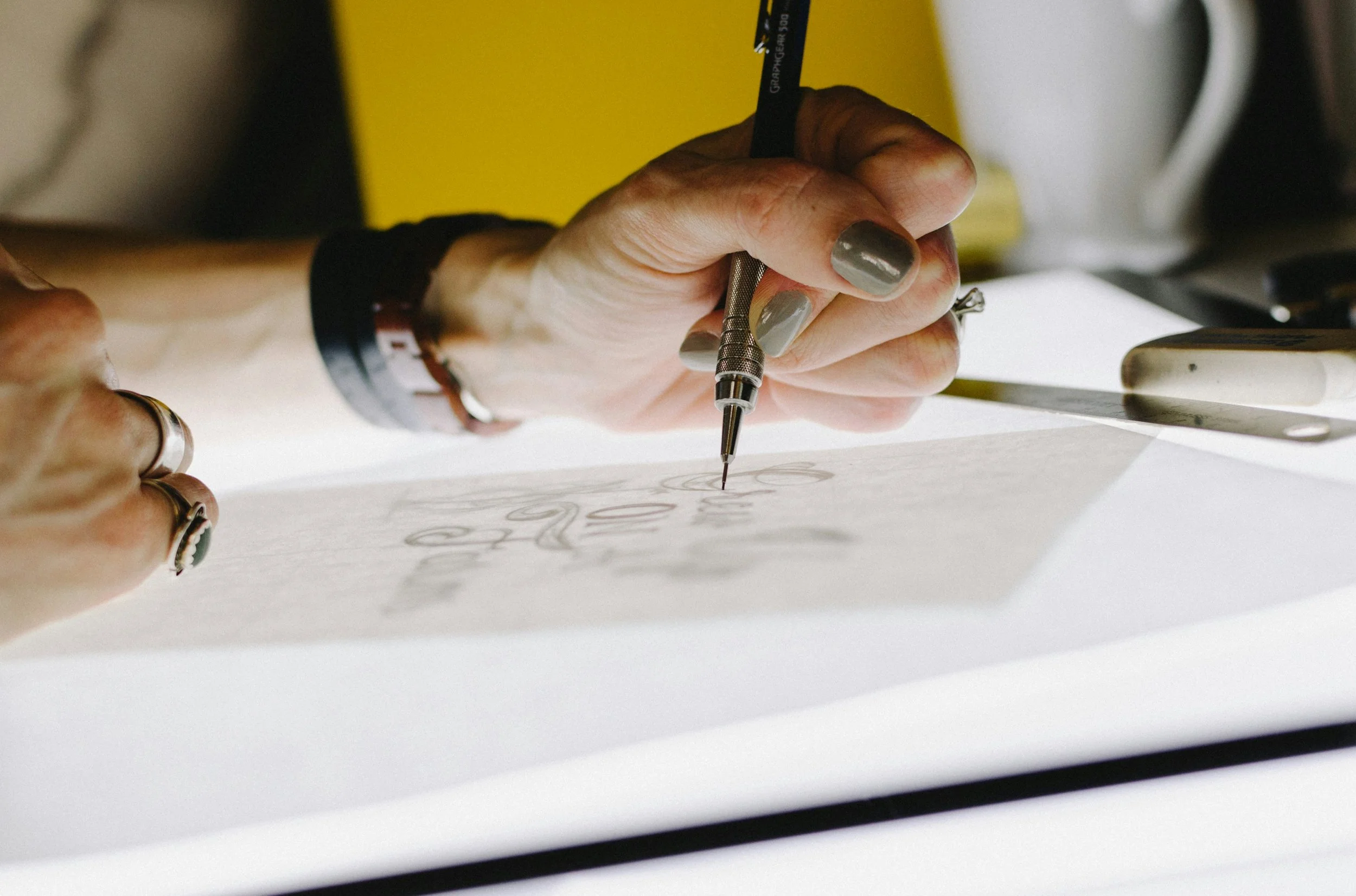Navigating the AI Landscape: What Designers Need to Know
Photo by Kelly Sikkema on Unsplash
Curious how AI is transforming the design industry? Let’s break it down - what it means for us creatives and how we can navigate it to our advantage. Whether you’re a seasoned designer or just starting out, you’ve probably felt the shift. From AI-generated visuals to smart assistants that help with layouts, the design world is changing fast.
But here’s the real question: what does this mean for us, the human creatives behind the screen?
AI in Design: A Double-Edged Sword
AI brings a mix of convenience and complexity.
On one hand, it can:
Automate repetitive tasks like resizing assets, formatting templates, or adapting layouts for different platforms
Generate multiple design variations in seconds - great for clients who want “just one more option”
Predict design trends using data and analytics, which helps brands stay visually relevant
But there’s another side to this shiny tool.
As AI steps into the creative space, it challenges our notions of originality, authorship, and intuition. Can an algorithm replace a gut feeling? A late-night spark of inspiration? That’s where the human edge still stands strong.
Embracing AI as a Collaborative Tool
Instead of fearing AI, we need to see it for what it really is: a creative partner, not a replacement.
Here’s how it can work with - not against - us:
Automate the Boring Stuff: Let AI take care of the time-consuming, low-impact tasks. That way, you can spend more energy on conceptual thinking and pushing your creative boundaries.
Inspire fresh ideas: Stuck on a concept? AI can suggest colour palettes, typography pairings, or even mock-up templates to help spark new directions you hadn’t thought of.
Create smarter, more personalised work: By analysing user data and engagement patterns, AI can help you design experiences that speak directly to a specific audience making your work more relevant and impactful.
Challenges & Ethical Considerations
Of course, with any powerful tool, there are ethical questions to answer. Here are a few to keep front of mind:
Stay authentic: Don’t let AI overshadow your unique voice. Use it to support, not substitute, your creative decisions.
Respect data privacy: AI thrives on data but we need to be mindful about where that data comes from and how it’s used, especially when creating personalised user experiences.
Watch for bias: AI models are trained on existing data, which can reflect real-world biases. Always review AI-generated content with a critical eye to ensure your designs remain inclusive and thoughtful.
Staying Relevant in an AI-Driven World
The designers who will thrive in this new era are the ones who adapt, learn, and lean into what makes human creativity powerful:
Keep learning: Follow AI trends, explore new tools and experiment with how they can elevate your process.
Double down on Human-Centric Design:
AI can do a lot, but it can’t feel. Your empathy, storytelling and emotional intuition are what make design meaningful. Lean into that.Stay flexible: Design workflows will continue to evolve. The more open you are to integrating AI into your process, the more opportunities you’ll find to innovate.
AI is changing the design landscape - but it’s not replacing us in my opinion. It’s giving us space to think bigger, work smarter and design with even more impact. So, stay curious, explore fearlessly and remember: your creativity is still your superpower.


